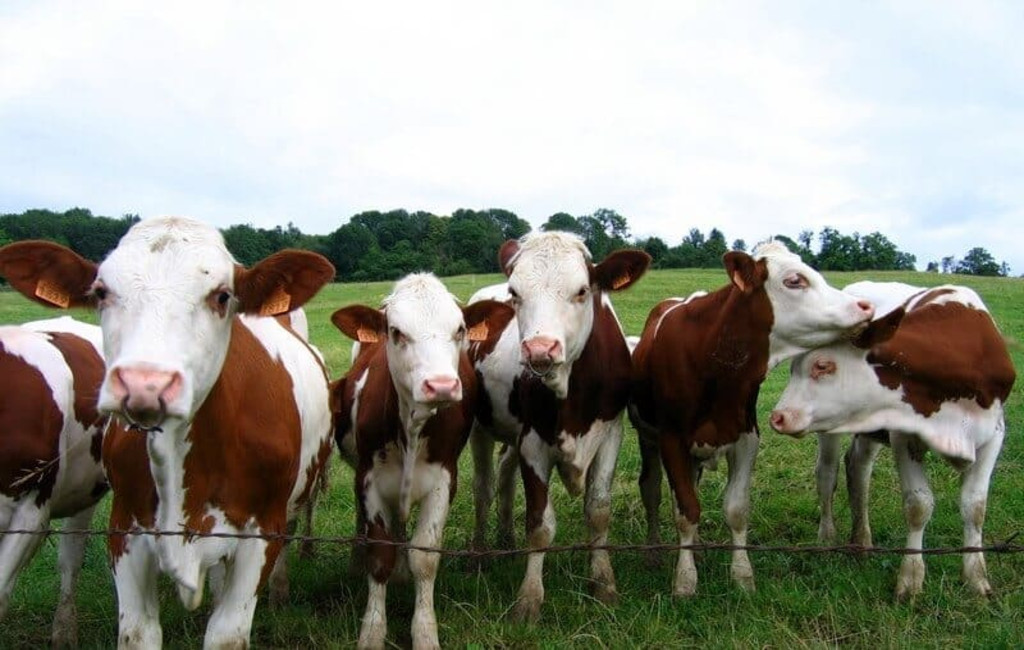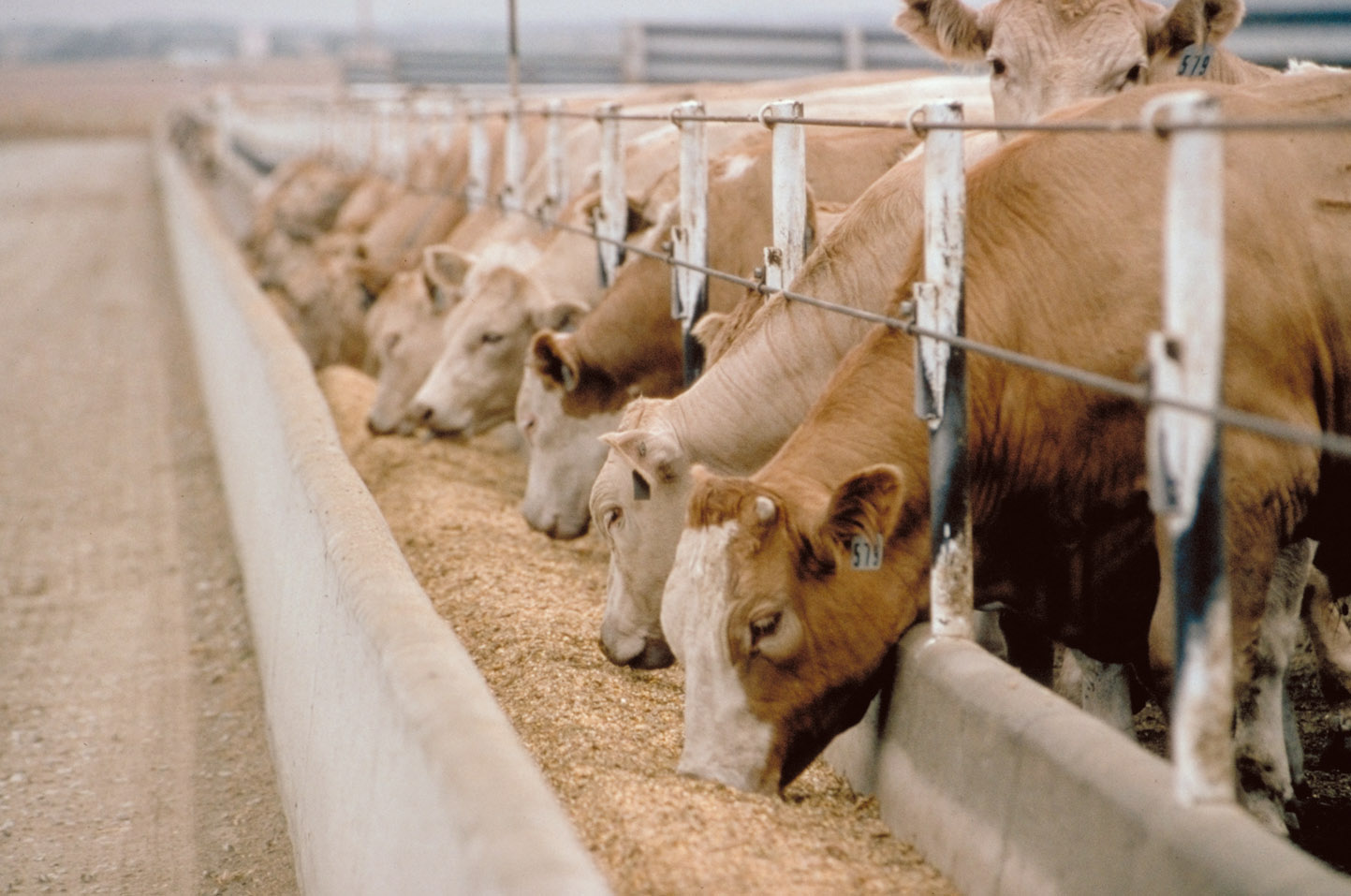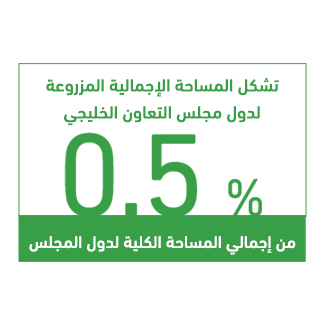Mashroo3k Economic Consulting Company provides a feasibility study for a livestock farm project in Qatar, with the highest profit return and the best payback period, through a set of careful studies of the agricultural production sector in Qatar, analyzing the strategies of local and foreign competitors, and providing competitive price offers.

The livestock farming project is one that attracts the attention of the Qatari government and funding institutions in Qatar, as it provides a basic commodity for many sectors of food security, which is a key focus of the government’s Vision 2030. The farm aims to produce dairy products, raise livestock, and fatten calves for several sectors. such as: Refrigerators and freezers, slaughterhouses, meat shops, supermarkets, hotels, restaurants, and hospitals.
Consultants at Mashroo3k Economic Consulting Company point out that the diversity of sectors in which livestock farming contributes makes it an attractive option for investors seeking to invest in Qatar, given the country’s policies to revitalize the agricultural sector.



The quick turnover of capital due to its high reproductive efficiency and rapid breeding.
Low costs for constructing shelters, as they do not require special barns; simple shade structures are sufficient for their accommodation.
Low labor costs required for their care, as they are raised in groups.
The variety of products offered by the project (fattening calves – milk).
Using bones to extract gelatin.
It has modest nutritional requirements, as it can feed on crop residues and fulfill its nutritional needs from poor-quality feed, making its meat production efficient and economical.
Cattle milk contains about 3.5% fat, and from this milk, products like cheese, fermented milk, and other dairy products are produced.
Beef is considered one of the best meats in taste and digestibility. Additionally, its small portion size makes it desirable for family consumption, especially during special occasions.
Executive summary
Study project services/products
Market Size Analysis
Risk Assessment
Technical study
Financial study
Organizational and administrative study

There is no doubt that the agricultural sector holds significant importance in today’s global economies. It contributes to achieving self-sufficiency and food security, helps reduce unemployment and alleviate poverty, and serves as the primary source of raw materials for many manufacturing industries. This vital sector employs approximately 935.6 million workers, representing 28.3% of the global labor force.
According to the latest statistics, the plant production volume in the GCC countries from various agricultural crops is estimated at 8.7 million tons. Saudi Arabia alone contributes 60.5% of the GCC’s plant production, followed by Oman at 19.1%, and the UAE at 12.5%, while the remaining countries share the rest.
Vegetables account for 41% of the total plant production in the GCC. Vegetables top the list of plant products in Kuwait, Bahrain, Qatar, Oman, and Saudi Arabia.
Saudi Arabia leads the region in vegetable production, contributing 55.1% of the total volume.
Grains constitute 7% of the total plant production in the GCC, amounting to 1.9 million tons. The UAE leads GCC countries in grain production, with a contribution of 42.9%.
The quantity of fish caught in the GCC countries, according to the latest statistics, is 740 tons. Oman alone accounts for 74.8% of this total.
There are 124,700 individuals working as fishermen in the GCC (with 40% in Oman and 33% in the UAE).
The GCC has a total of 41,100 fishing boats, of which Oman owns 57.7%, followed by Saudi Arabia with 26.6%.
Despite all of the above, the agricultural sector contributes less than 4% to the global GDP. This calls for serious reconsideration, especially in view of the future: by 2050, the world population is projected to exceed 9 billion people, and the agricultural sector will be solely responsible for feeding them and protecting them from the threat of hunger.
The total area of the GCC countries is estimated at 2.4 million square kilometers, of which only 11.8 thousand square kilometers are cultivated — representing 0.5% of the total area.
All GCC countries share a similar ratio, with cultivated land not exceeding 1% of the total area — except Bahrain, where cultivated land represents 4.8% of its total area.
Fruit production is expected to flourish in the coming years in the GCC, with a compound annual growth rate (CAGR) of 3.8%.
Over the past twenty years, the value added by agriculture has increased by 73%, reaching $3.5 trillion USD.
Agriculture represents 4% of the global GDP.
There are 874 million individuals working in agriculture globally — about 27% of the world’s labor force.
The total global agricultural area is 4.8 billion hectares, divided into:
3.2 billion hectares of meadows and pastures
1.6 billion hectares of crop land
The global production of primary crops amounts to 9.4 billion tons.
Global production volumes are as follows:
337 million tons of red and white meat
883 million tons of fruits
1,128 million tons of vegetables
201 million tons of vegetable oils
883 million tons of dairy
83 million tons of eggs

According to data from the Food and Agriculture Organization of the United Nations (FAO), hunger is on the rise, with the number of undernourished people reaching 770 million worldwide — a staggering figure that we hope agricultural production can help reduce. It is worth noting that global agricultural land has declined by 127 million hectares between the year 2000 and 2019 — an area roughly equivalent to the size of Niger. Likewise, forest areas have shrunk by 94 million hectares during the same period — about the size of the United Republic of Tanzania. Undoubtedly, these figures are concerning, especially in light of the growing global population. Therefore, Mashroo3k supports investment in the agricultural sector, as part of its commitment to keeping pace with the increasing demand for food.